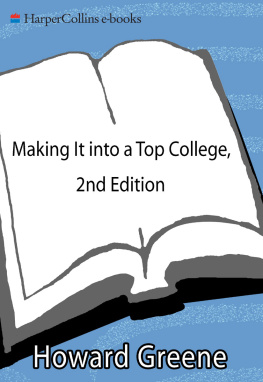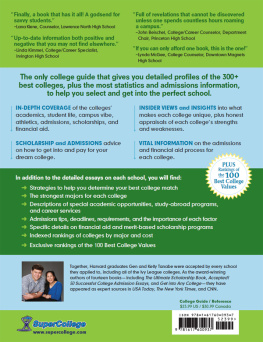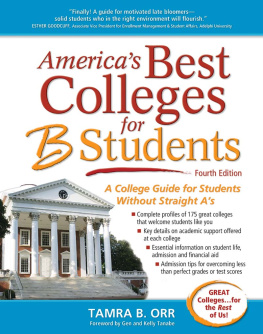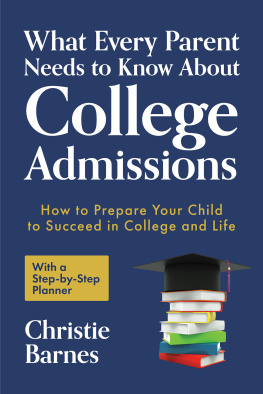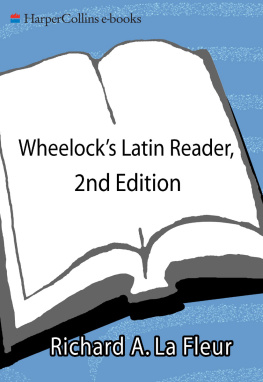Contents
Guide
Pagebreaks of the print version
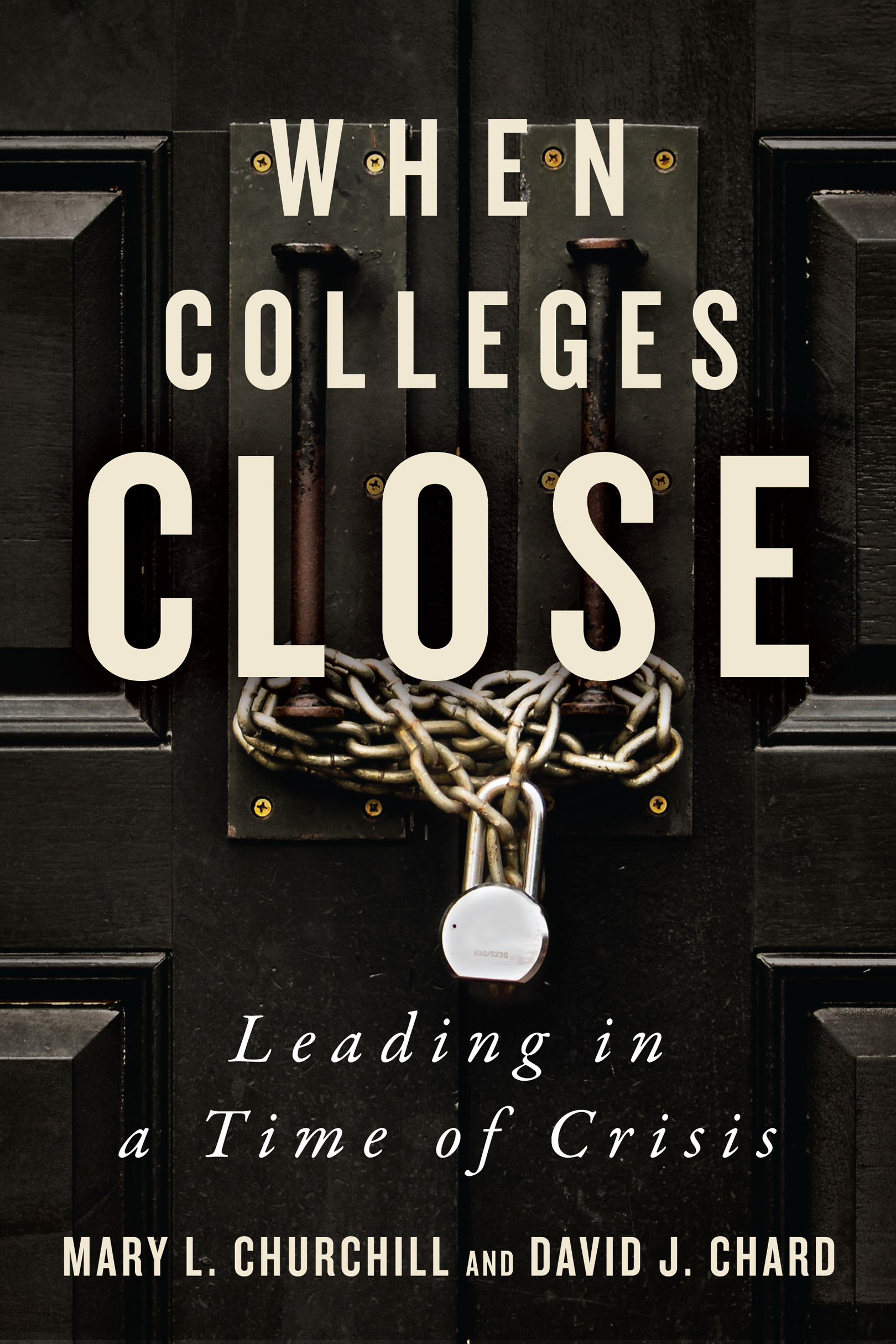
WHEN COLLEGES CLOSE
WHEN COLLEGES CLOSE
Leading in a Time of Crisis
___________
MARY L. CHURCHILL
&
DAVID J. CHARD
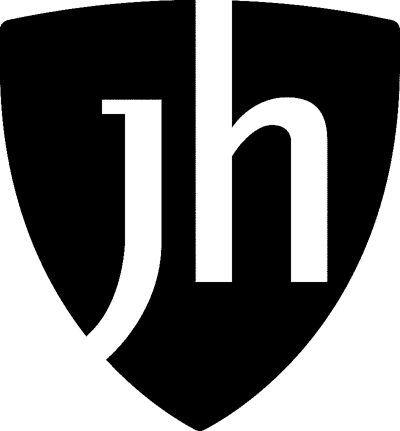
JOHNS HOPKINS UNIVERSITY PRESS|Baltimore
This book was brought to publication with the generous support of the David E. Ryer Endowment.
2021 Johns Hopkins University Press
All rights reserved. Published 2021
Printed in the United States of America on acid-free paper
246897531
Johns Hopkins University Press
2715 North Charles Street
Baltimore, Maryland 21218-4363
www.press.jhu.edu
Library of Congress Cataloging-in-Publication Data
Names: Churchill, Mary L., 1966 author. | Chard, David, author.
Title: When colleges close : leading in a time of crisis / Mary L. Churchill and David J. Chard.
Description: Baltimore : Johns Hopkins University Press, 2021. | Includes bibliographical references and index.
Identifiers: LCCN 2020028668 | ISBN 9781421440781 (hardcover) | ISBN 9781421440798 (ebook)
Subjects: LCSH: Wheelock College of Education & Human DevelopmentPlanning. | Boston UniversityAdministration. | Wheelock CollegeAdministration. | Universities and collegesMergersMassachusetts. | Educational leadershipMassachusetts.
Classification: LCC LD519.5.W54 C58 2021 | DDC 378.1/0109744dc23
LC record available at https://lccn.loc.gov/2020028668
A catalog record for this book is available from the British Library.
Special discounts are available for bulk purchases of this book. For more information, please contact Special Sales at specialsales@jh.edu.
Johns Hopkins University Press uses environmentally friendly book materials, including recycled text paper that is composed of at least 30 percent post-consumer waste, whenever possible.
CONTENTS
PREFACE
What were colleges like in 1888, the year that Lucy Wheelock founded what would become Wheelock College? Our modern eyes would barely recognize higher education back then, nearly 150 years ago. Of course, Boston was also dramatically different. The longtime whaling industry was shifting to a shipping industry, and new waves of immigrants were moving to Boston. The Civil War had ended a generation earlier; the country was just exiting Reconstruction. Women like Lucy did not yet have the right to vote.
Boston was in a gilded age in the 1880s. Abolitionists across the region were engaged in changing society as economic growth led immigrants from Europe and Asia to US shores. Nevertheless, Lucy Wheelock saw Boston families struggling to feed themselves. She launched Miss Wheelocks Kindergarten Training School to accomplish what she believed was an important advancement in our countryearly childhood education.
After founding her kindergarten teacher training school in 1888, Lucy Wheelock served as its president for fifty years, focusing on the development of young children who otherwise were not benefiting from Bostons growth. Her teaching, advocacy, and business acumen had a broad influence on education in a city known for education. Her impact stretched well outside the city: she served on the Education Committee of the League of Nations and led the Education Committee of the National Congress of Parents and Teachers. While her ideas and actions have inspired the careers of tens of thousands of educators, social workers, and child advocates, in her day she found herself embroiled in controversy. She was assailed for not adhering strictly to the dogma of the kindergarten movement. She was shaped by the new field of developmental psychology, which contradicted some of the conventional practices in kindergarten classrooms. And, one might even wonder whether her primary concern was helping children and families or if it was to give young women a way to have an impact on their world despite the limits of traditional views of womens roles.
By 1939, when Lucy was preparing to step down as president, the training school she founded to promote progressive educational practices had grown into a larger institution, with a new name: Wheelock College. The college continued to grow, and after Lucy Wheelocks death, it offered graduate education, admitted men to graduate programs in the 1950s, and added a social work program in the 1980s. Wheelock Colleges focus on childhood play as a serious aspect of learning was shared by only a few other institutions, including Bank Street College in New York, Pacific Oaks College in California, and the Erickson Institute in Chicago. Today, the ideas Lucy Wheelock espoused are again in the vanguard.
Twelve college presidents later, in July 2016, David Chard found himself seated in Wheelocks presidents office excited about being the next link in the chain that Lucy Wheelock forged all those years ago. David was a former teacher in California and Michigan and in Lesotho in southern Africa with the US Peace Corps. He had been inspired to become a teacher by all the teachers he had had as a kid in eastern Michigan in the 1960s and 70s. They opened his farm-boy eyes to the possibilities of where an education could take you.
Davids career had taken a few interesting turns, including classroom teaching and the Peace Corps, before graduate school. He ended up at several research institutions but kept returning to a focus on teacher preparation. His eyes had also been opened to the importance of teamwork, shared governance, and leadership focused on a schools mission in connection to its students and the community around it. After leadership positions at several higher education institutions, David found Wheelock College, an institution known for, among other things, a commitment to teacher preparation.
As reflected in the search process for Wheelocks selection of its next president, the commitment to teaching at both the undergraduate and graduate level impressed David. The colleges mission spoke to David and offered him a chance to take the leadership lessons he had learned as an associate dean and dean and use them to focus on a cause that was unique at Wheelock.
In June 2016, Wheelock was a college with approximately 450 employees, more than 90 full-time faculty, and about 1,100 students (just under 800 undergraduates and slightly more than 300 graduate students). Wheelock had two campuses in close proximity to one another, in Boston and Brookline, Massachusetts. The college owned a little less than five acres of land with thirteen buildings, including the presidents house, all in reasonably good shape. Some had been remodeled in the 2000s; the newest was less than a decade old.
At the time David became president, Wheelock had an endowment of about $45 million, was running balanced budgets or surpluses, and had a strong donor base. Enrollment had peaked in 2015, and the college was now experiencing significant enrollment downturns because of the demographic shifts of a declining 18- to 22-year-old population in New England. Wheelocks rapid growth in enrollment followed by major enrollment shortages portended significant revenue shortfalls. Seeing lean years ahead and fearful that Wheelock would struggle to attract students to its modest campus in the era of stiff enrollment competition, the board of trustees was eager to determine how to sustain the colleges mission. They were so determined that they had entered into preliminary conversations with institutions in Boston regarding the possibility of partnership or merger well before David was hired. By spring 2016, these discussions had progressed quite far with two other institutions, but the trustees as a group felt that it was important to have a new president in place prior to continuing the discussions. When he was hired, the trustees gave David a one-page document with four or five key responsibilities. Included in this list were several of the things you would expect: improving shared governance, focusing on the reaccreditation, and strengthening the colleges finances. The one item that stood out was their interest in his continuing to explore partnering with another institution to sustain the colleges mission.


